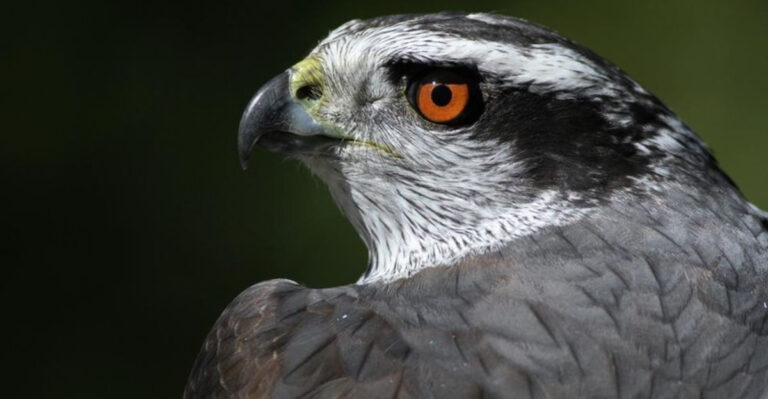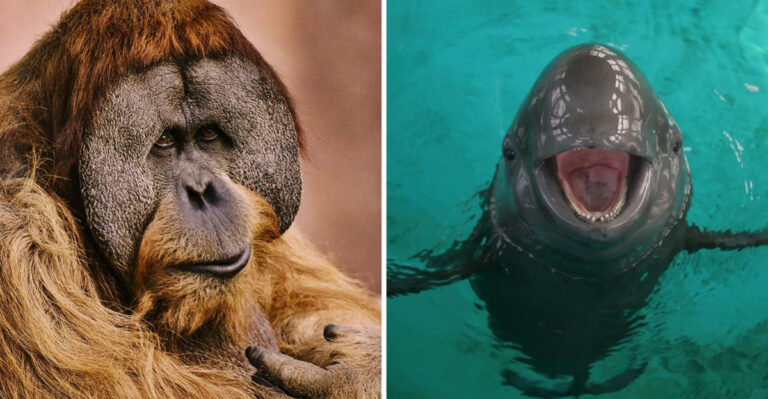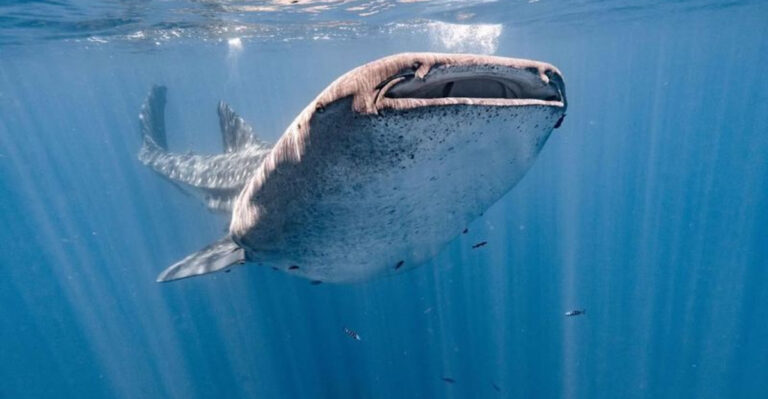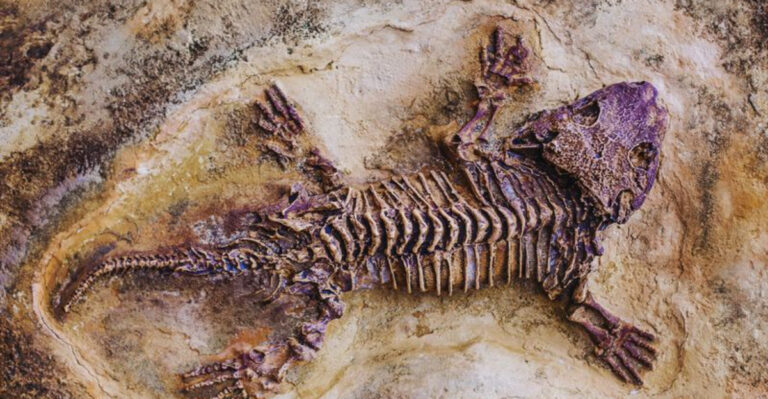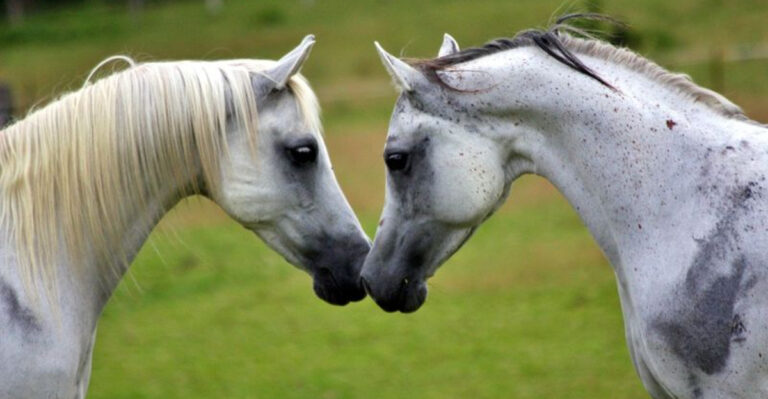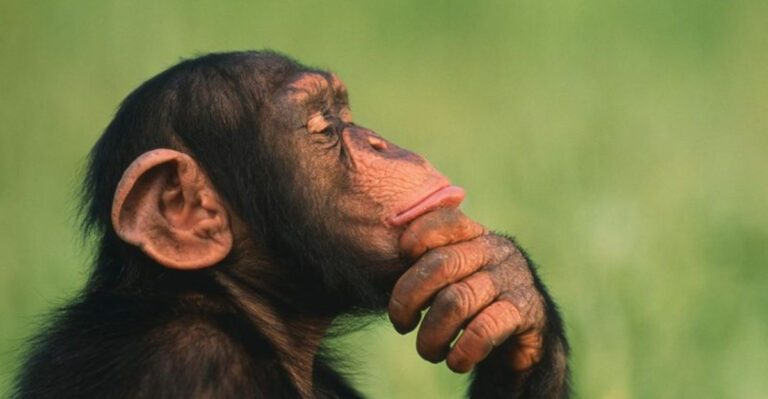16 Animals That Can Digest Things Humans Never Could
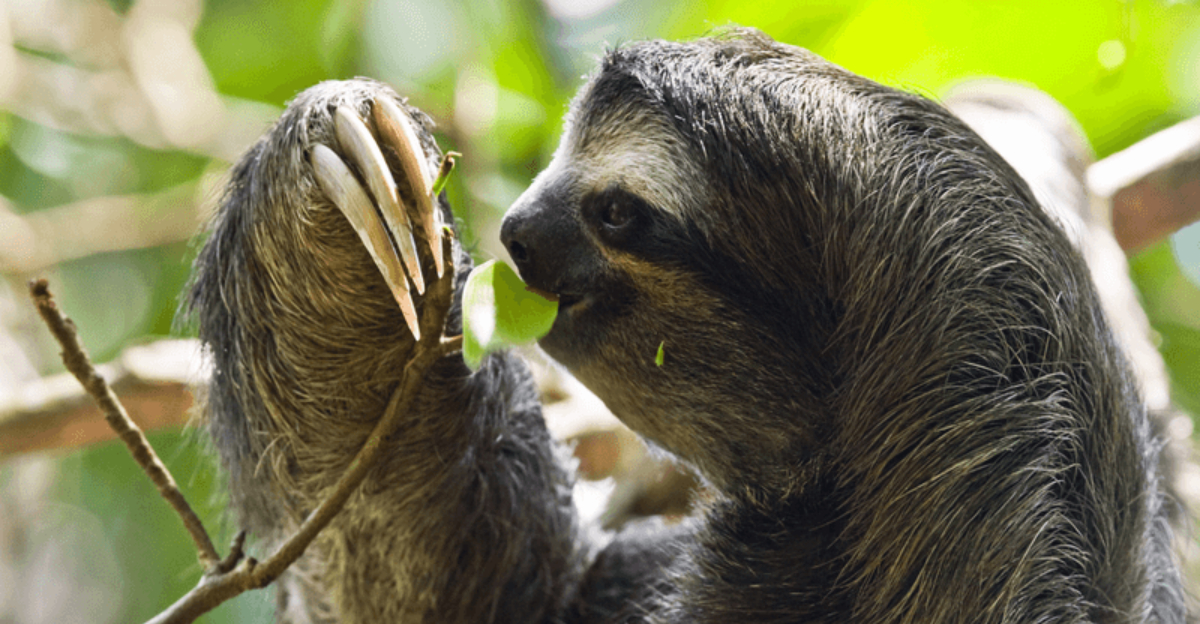
Ever wondered who could stomach a meal of thorns or toxins? Meet the world’s most daring diners: animals with digestive capabilities that leave humans in awe.
These creatures munch on materials humans would never dare to swallow!
1. Komodo Dragon

With a bite that can take down a water buffalo, the Komodo dragon doesn’t just rely on size. Its stomach can digest bones, hooves, and even toxic flesh. How’s that for a tough tummy?
Living on islands where food is scarce, this dragon doesn’t waste a bite. Their secret to digestion? A cocktail of stomach acids that could rival a chemistry lab.
Not quite the pet you’d bring home, but fascinating nonetheless. This creature’s diet is all about making the most of what’s available.
2. Vulture
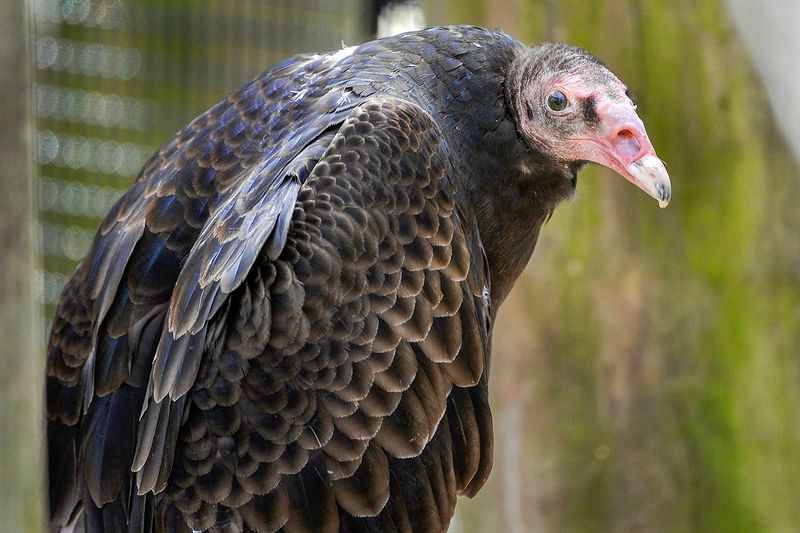
Flying high with a nose for the morbid, vultures find delicacies in decay. Their stomachs can neutralize bacteria that would make humans sick.
Forget food safety standards; these birds feast on the dead, cleaning up nature’s mess. It’s not the prettiest job, but someone’s got to do it.
Their digestive system works like a biohazard disposal unit. Next time you spot one soaring, know they’ve got a stomach of steel.
3. Leafcutter Ant
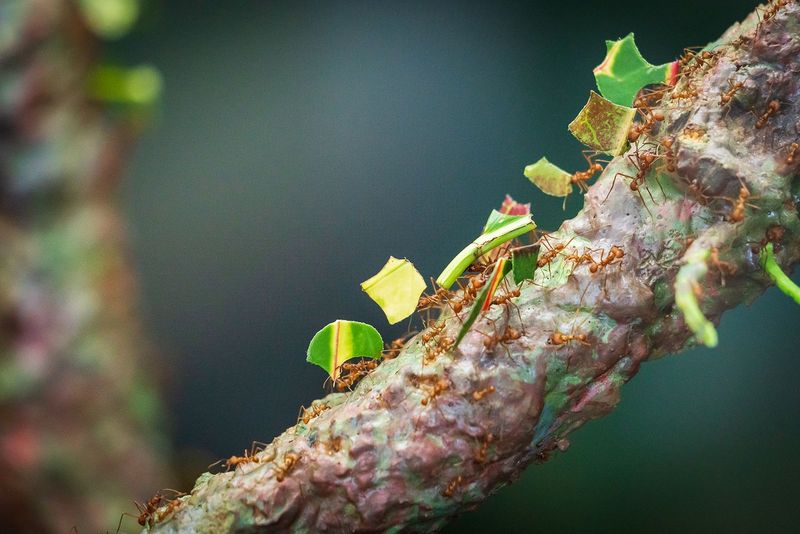
Imagine a tiny gardener running an underground farm. Leafcutter ants don’t eat leaves; they use them to cultivate fungus, their true diet.
These ants have gut bacteria that break down plant material into something edible. A miniature agricultural wonder!
Their teamwork and dietary strategy make them efficient farmers of the insect world. It’s a system so impressive, even humans could learn a thing or two.
4. Panda
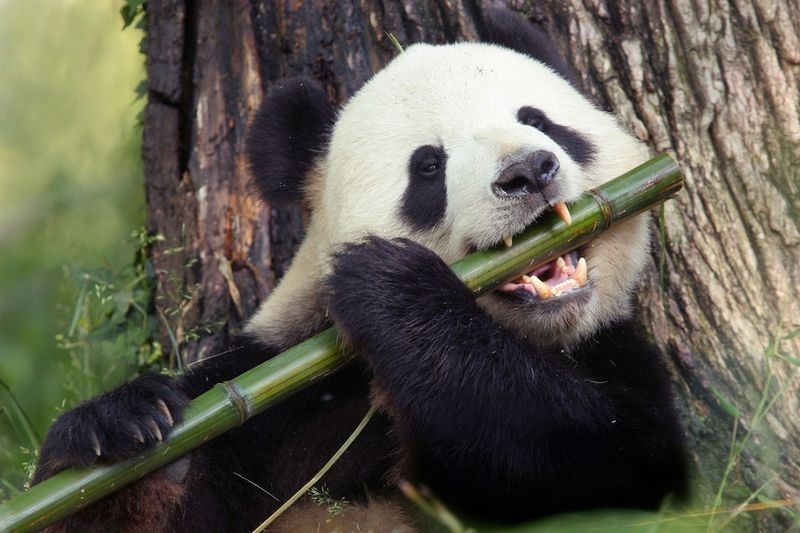
With a diet almost exclusively of bamboo, pandas have a digestive system that defies logic. Their gut isn’t naturally equipped for plant digestion.
Yet, they manage to munch through kilograms daily. A panda’s life is a testament to persistence!
Despite their carnivorous ancestors, pandas evolved to thrive on a diet that seems impossible, with a digestive tract that’s uniquely adapted for their bamboo obsession.
5. Crocodile
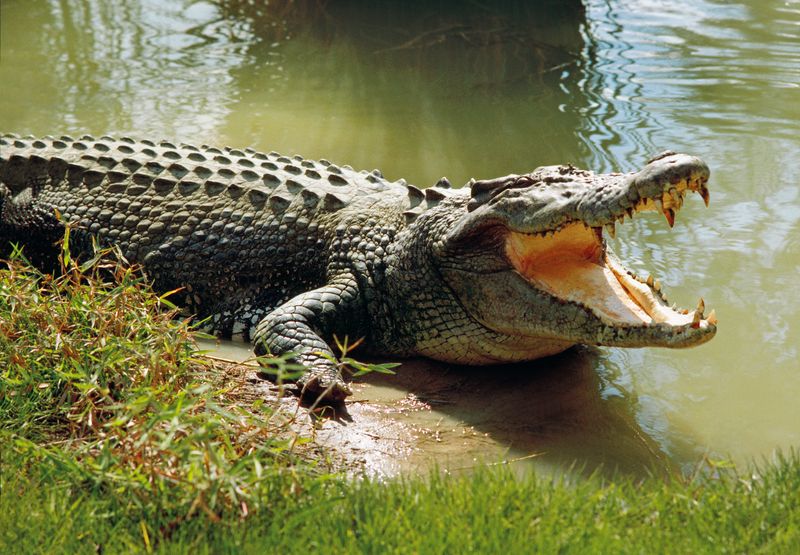
Crocodiles have stomach acid that puts them at the top of the food chain. They digest bones, horns, and shells with ease.
Surviving since the time of dinosaurs, their digestion is a feat of evolutionary engineering.
These reptiles consume prey whole, using powerful acids to break down even the toughest materials. Nature’s ultimate recycler!
6. Koala
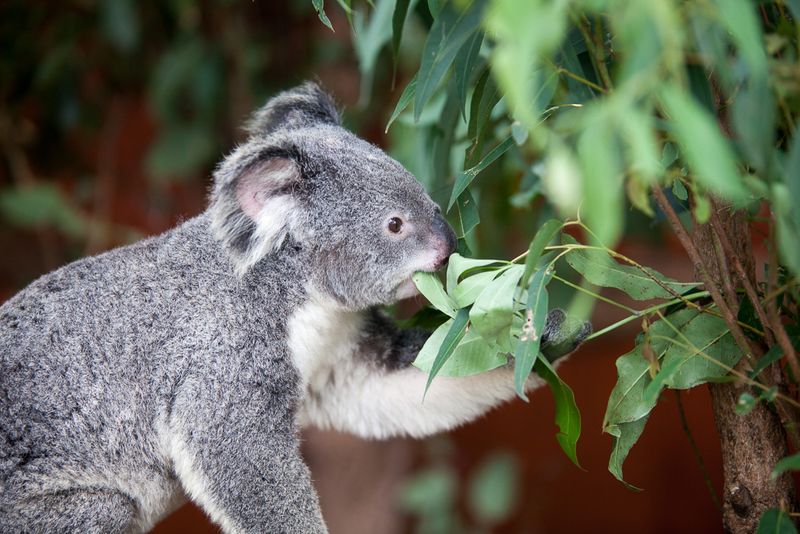
Napping most of the day, koalas dine on toxic eucalyptus leaves, which would poison humans. Their liver detoxifies the poison, a handy trick for survival on restricted diets.
Koalas have a specialized digestive system for extracting nutrients from leaves, allowing them to thrive where others wouldn’t dare.
7. Giraffe
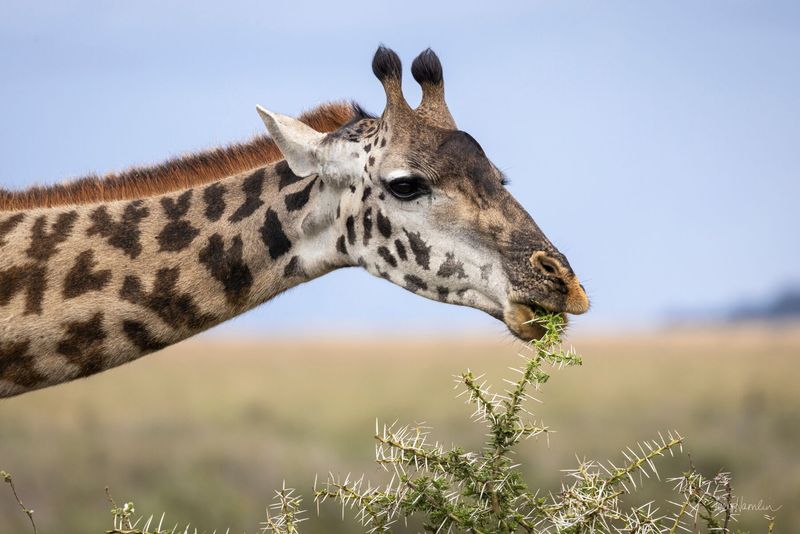
Towering above, giraffes munch on thorny acacia trees. Their tongue and digestive system handle what would tear us up inside.
With a tongue that’s almost magical, giraffes navigate spikes like a pro.
Their multi-chambered stomach efficiently extracts nutrients, making the most of prickly meals high in the trees.
8. Goat
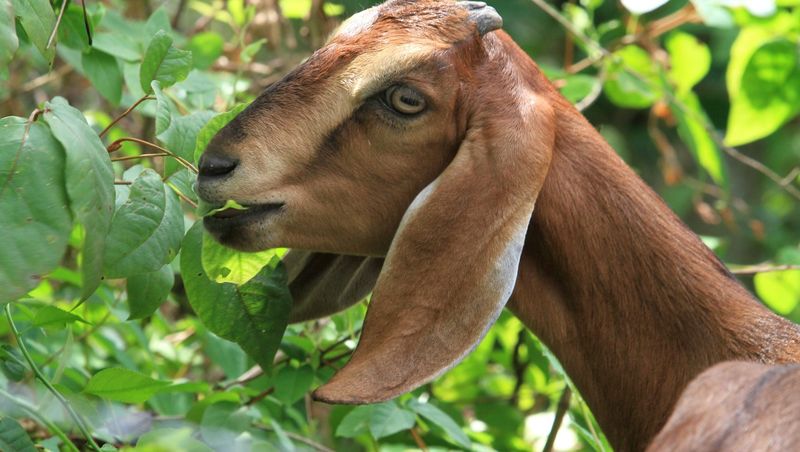
Goats will eat almost anything, including cardboard and clothes. Their digestive system is a marvel of adaptation.
These mountain climbers have bacteria in their stomachs that help break down tough materials. Living on barren landscapes, they make meals out of whatever they find, showcasing nature’s adaptability.
9. Shark
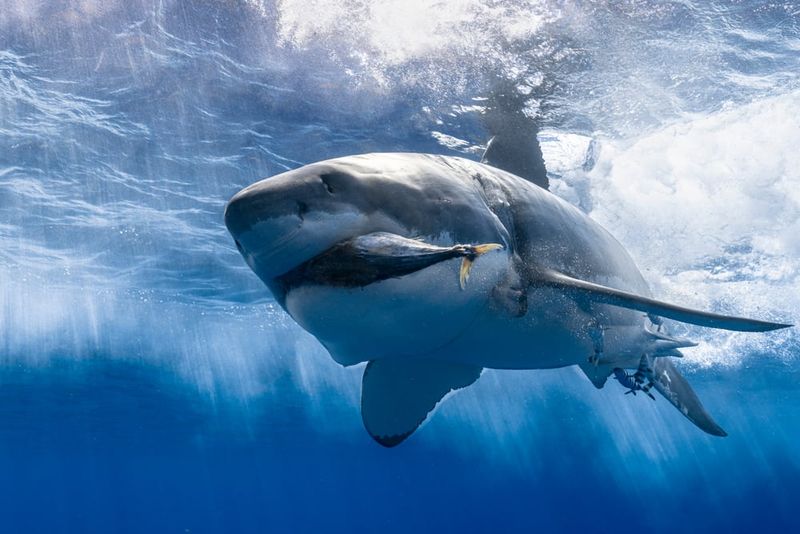
With a hunger for more than just fish, sharks can digest seals, birds, and even metals. Their super-strong acids help them process what ends up in their stomachs.
Nature’s oceanic cleanup crew, sharks ensure that nothing goes to waste, making the most of the ocean’s bounty.
10. Elephant
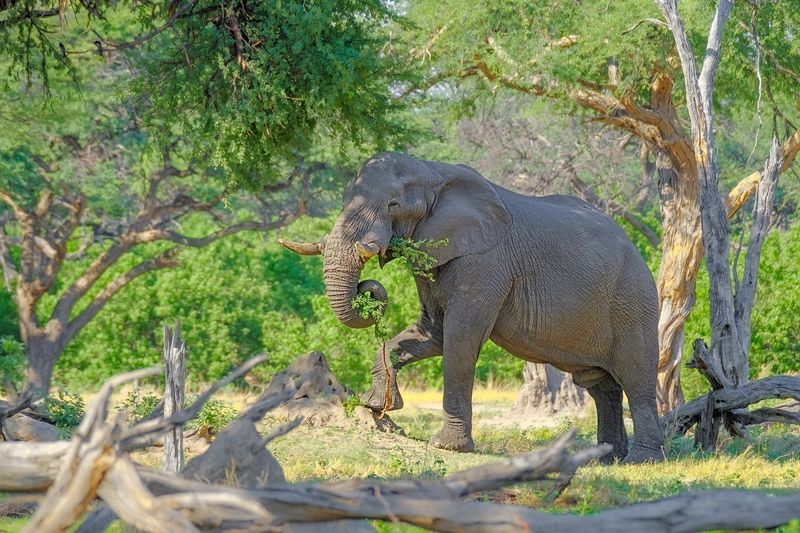
Elephants munch on trees, roots, and grasses, relying on a massive digestive system to break it all down.
Their long intestines and a significant amount of gut bacteria help process enormous amounts of plant matter.
With a diet like a bulldozer, elephants ensure their energy needs are met, powering their colossal frame.
11. Hyena

Hyenas eat everything from bone to skin, boasting one of the strongest jaws in the animal kingdom.
Their digestive systems extract nutrients from the toughest materials nature throws at them. Not just scavengers, they’re skilled hunters, turning whatever they find into a meal.
12. Ostrich
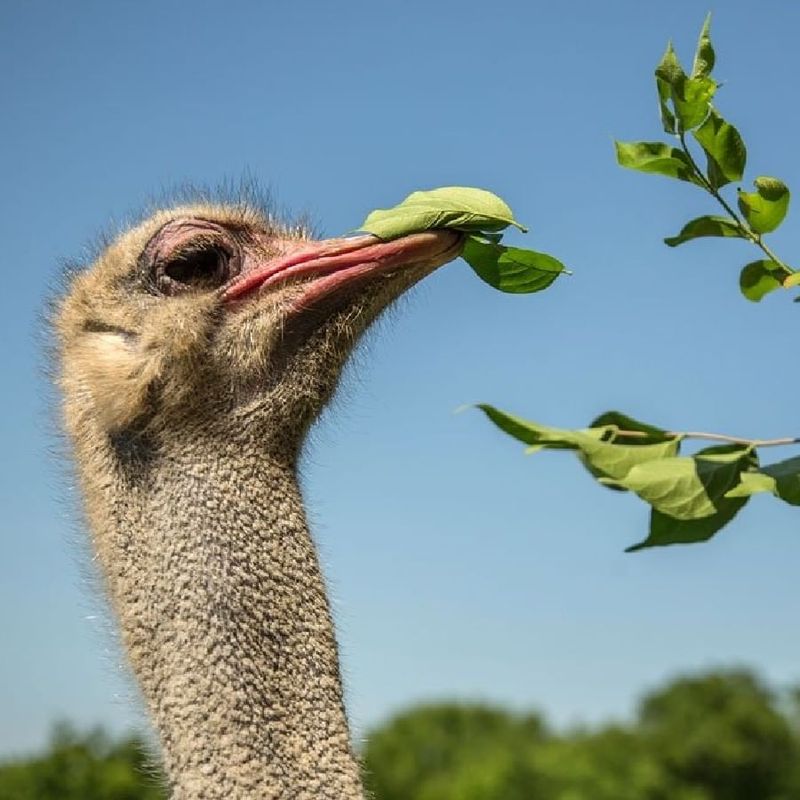
Ostriches can digest sand and stones, using them to grind food in their gizzards.
These birds swallow pebbles to aid digestion, a peculiar yet effective strategy. Their gizzard acts like a mill, ensuring their diet of tough plant matter is thoroughly processed.
13. Octopus
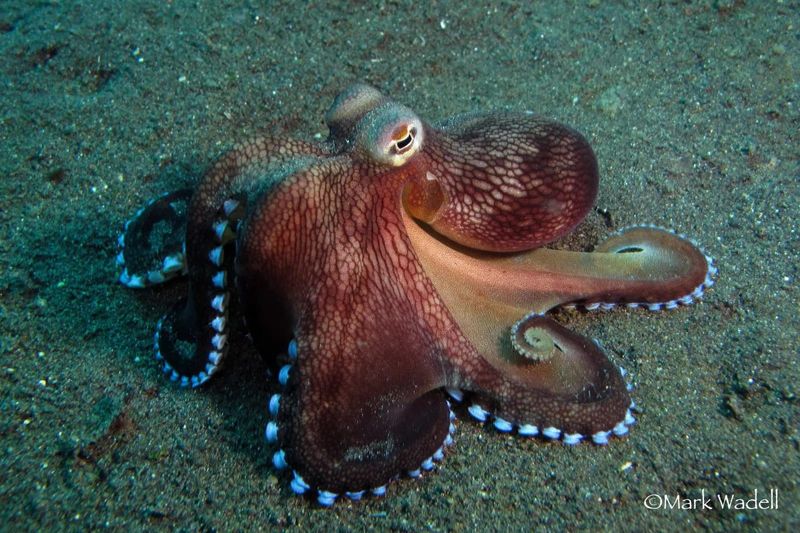
Octopuses have a beak that’s perfect for cracking open shells, digesting clams and crabs.
Their saliva contains toxins that help break down prey, making them efficient underwater predators. Flexible and intelligent, these creatures use their digestive adaptations to thrive in diverse environments.
14. Sloth
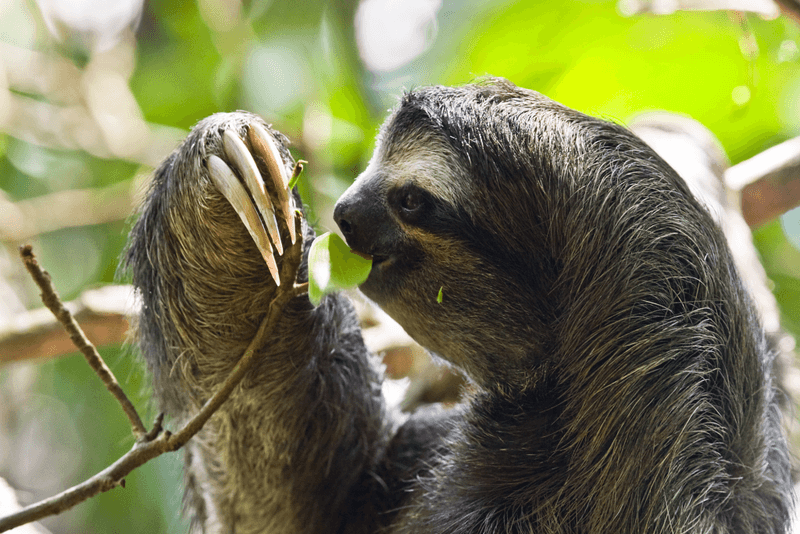
Living life in the slow lane, sloths digest leaves at a painstakingly slow pace. Their multi-chambered stomachs work overtime to extract limited nutrients.
This leisurely pace ensures they maximize every bit of their leafy diet, a unique survival strategy in the treetops.
15. Parrotfish
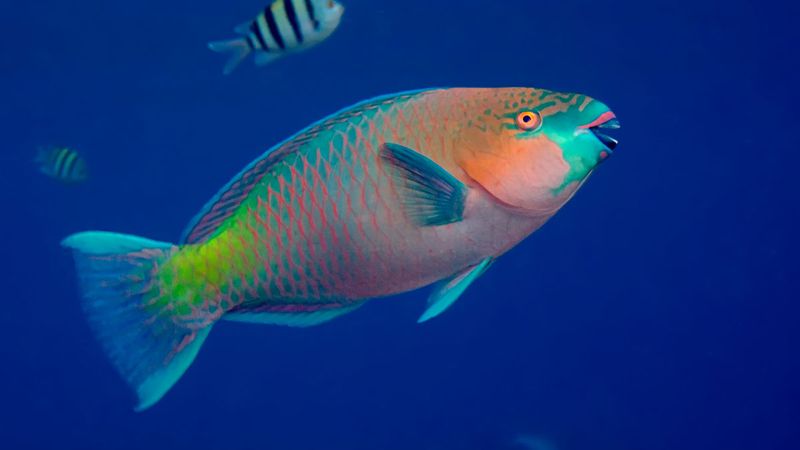
Parrotfish munch on coral, using a beak-like structure to bite off chunks. They digest the coral and excrete sand, playing a crucial role in beach formation.
These fish are vital to the marine ecosystem, turning hard coral into soft, white sand.
16. Termite
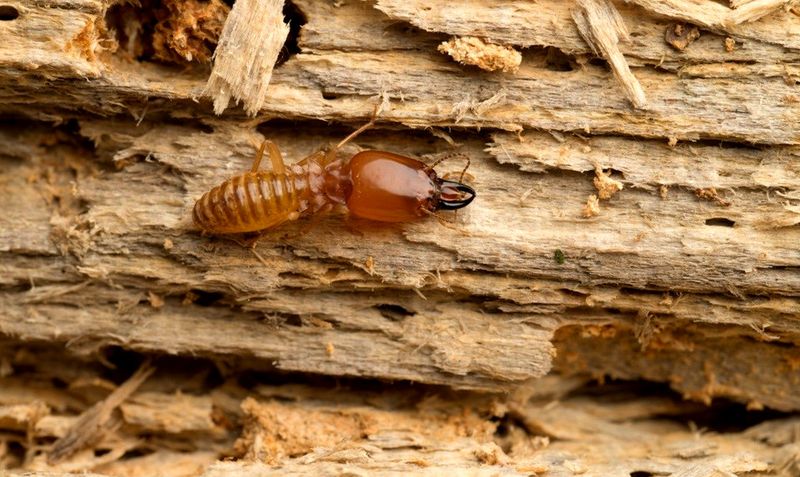
Termites eat wood, relying on gut microbes to digest cellulose.
Their symbiotic relationship allows them to break down material that’s indigestible to most creatures.
A tiny powerhouse of nutrition conversion, termites transform dead wood into energy, shaping their ecosystem.

